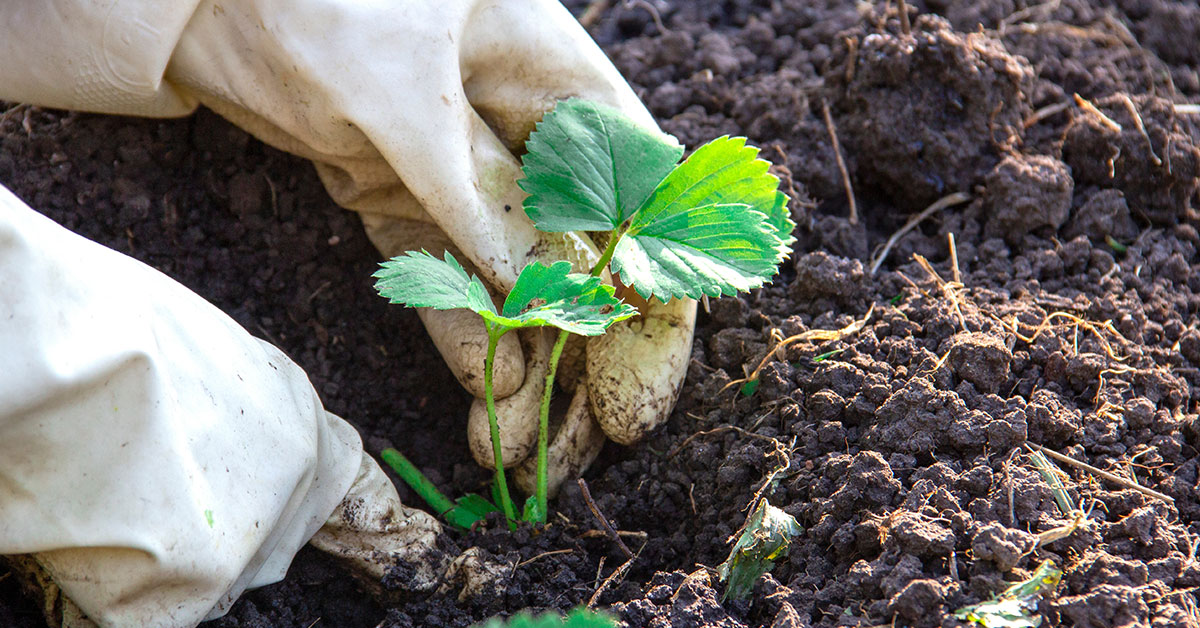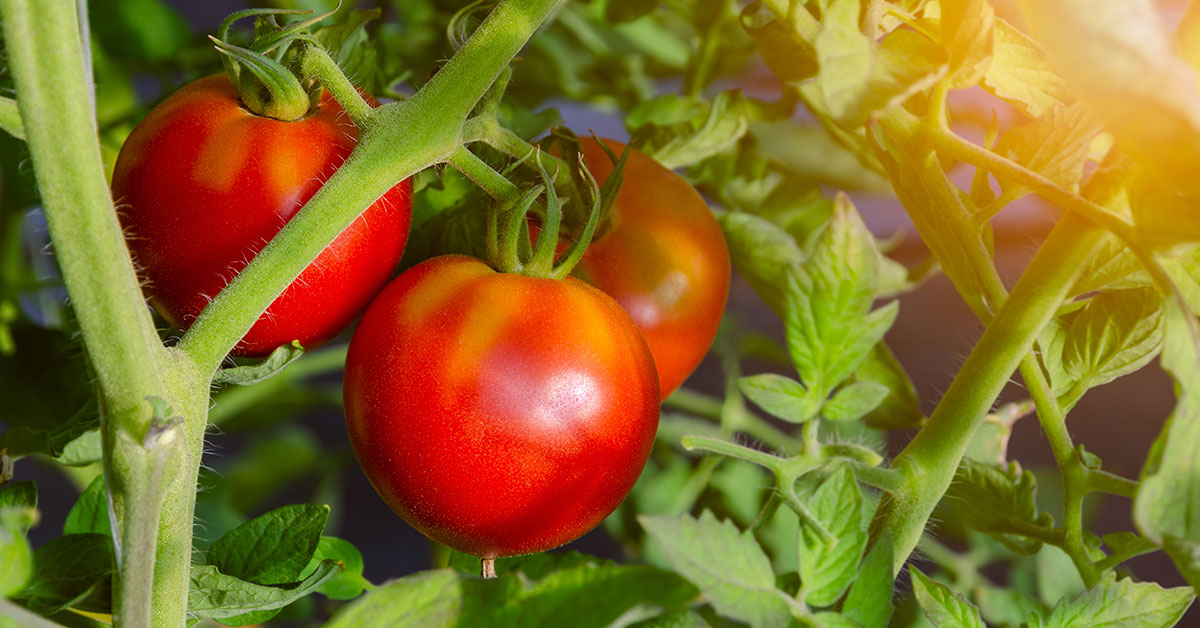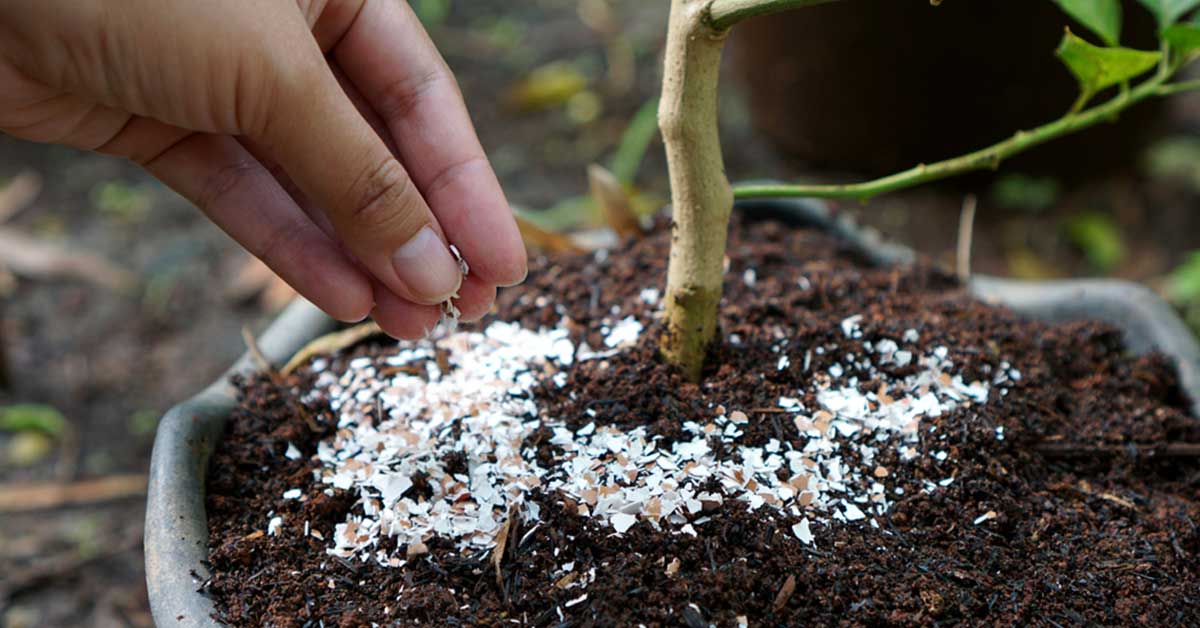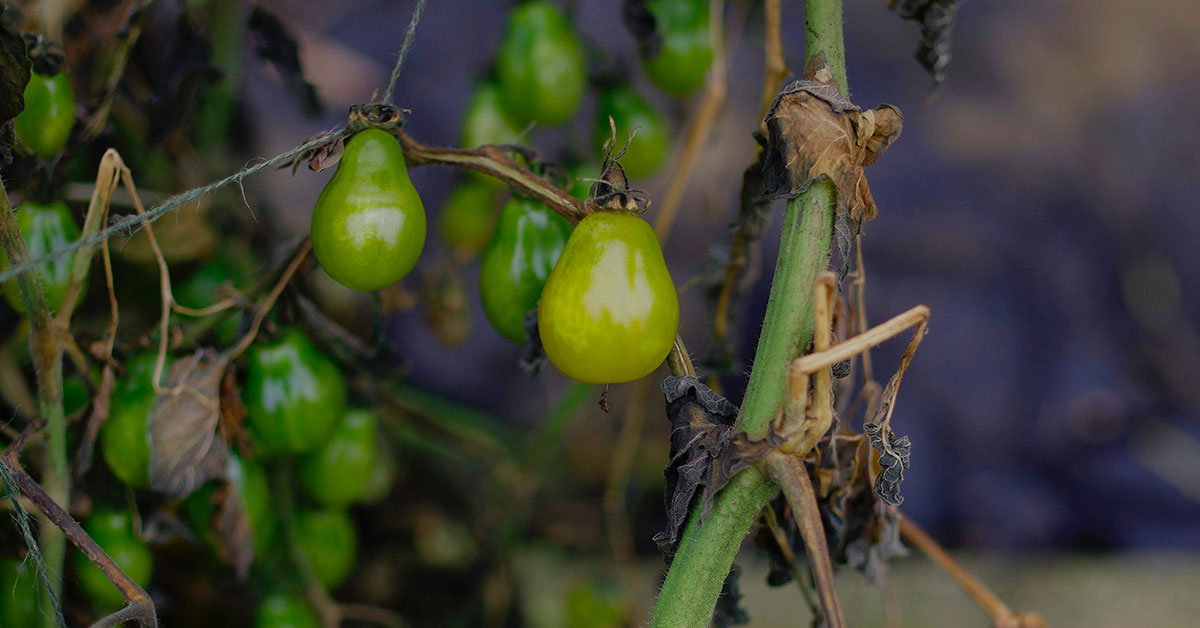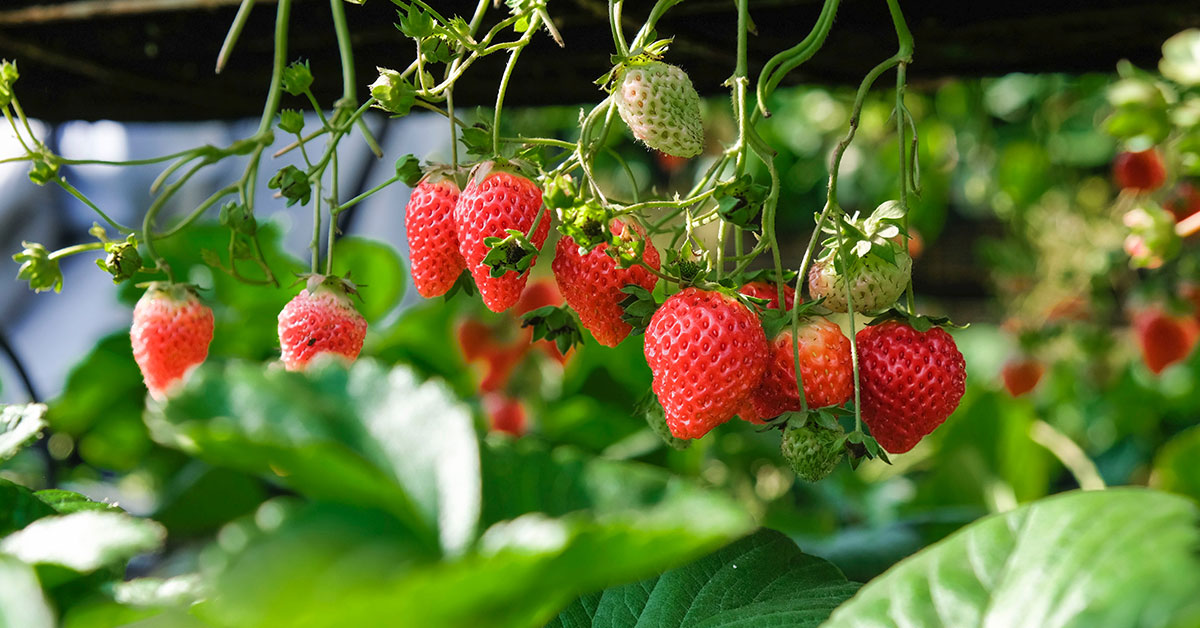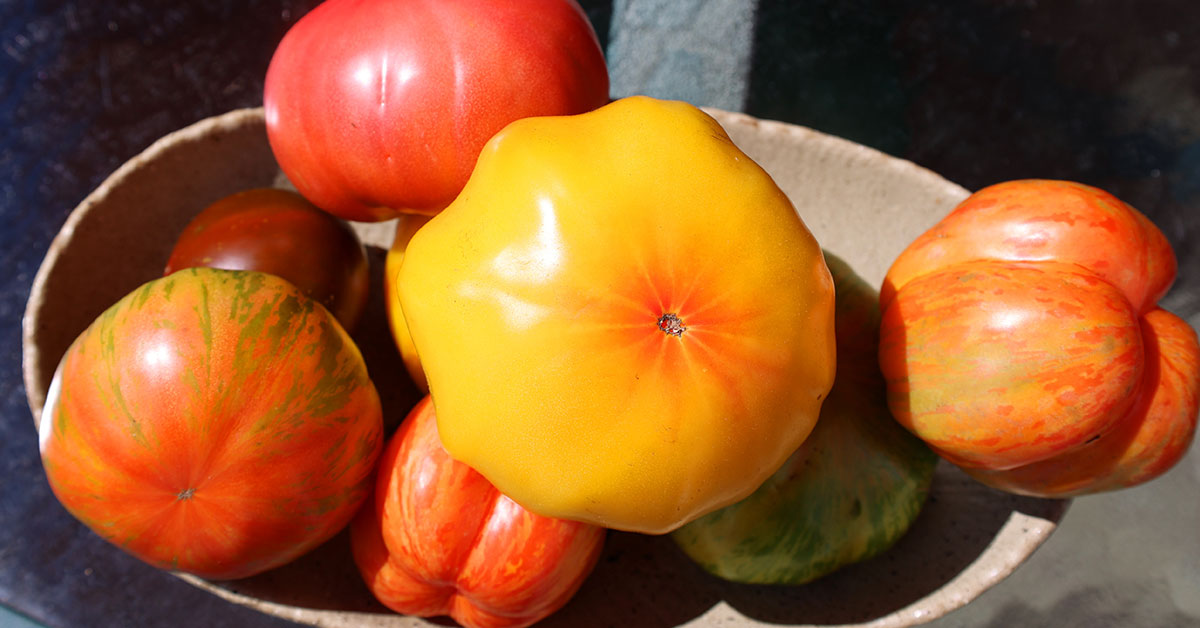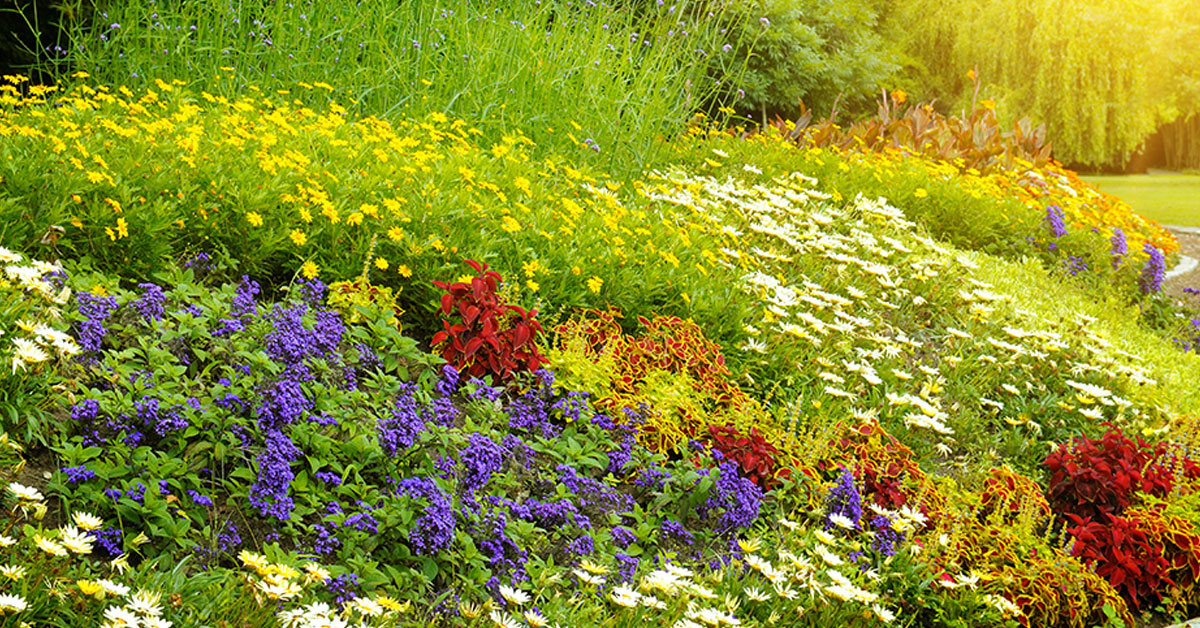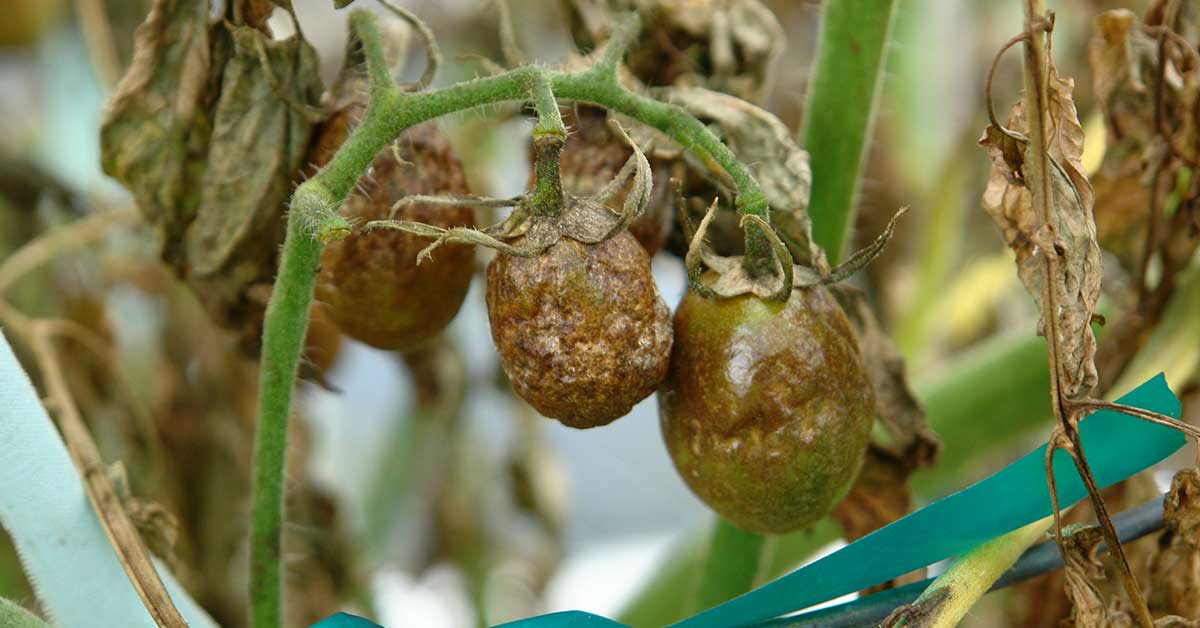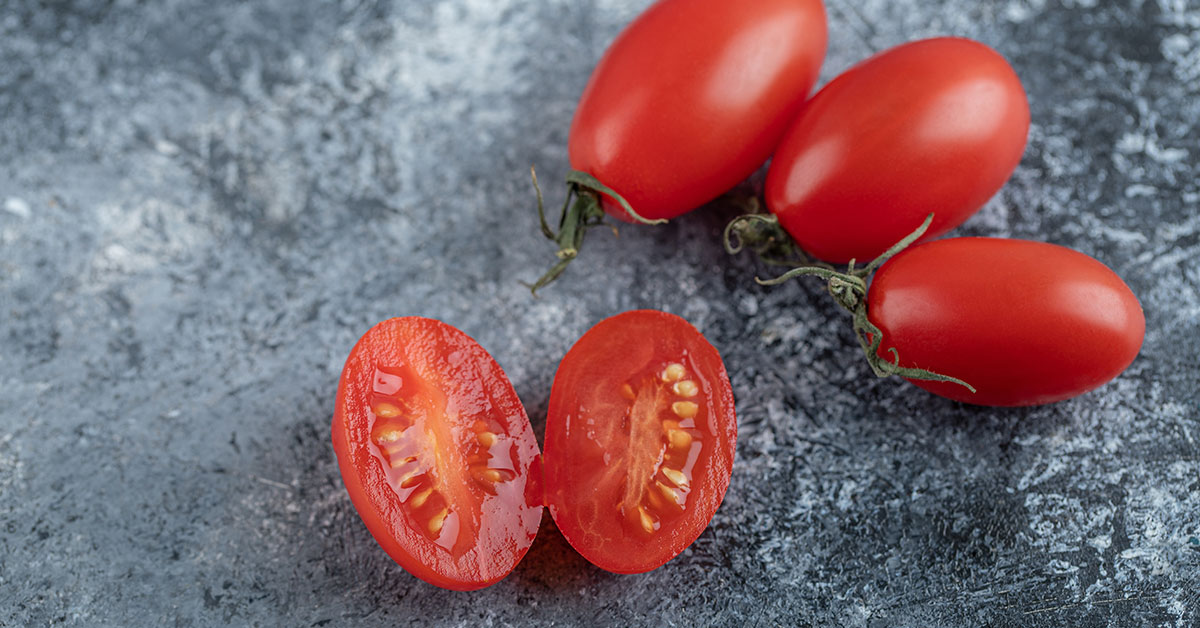Growing strawberries in hardiness zone 4 is a great way to enjoy a fresh, delicious crop of strawberries in the summer months. This zone is characterized by long, cold winters and short, warm summers. During the summer months, temperatures range from an average low of 50°F to an average high of 75°F. With proper preparation, planting, and care, gardeners in hardiness zone 4 can have a successful strawberry crop.
Easy Strawberry Varieties To Grow
There are many different varieties of strawberries, and the time it takes for them to bear fruit can vary depending on a variety of factors including climate, soil conditions, and growing practices. Here are some popular strawberry varieties and their approximate time to fruiting:
- Earliglow: This variety typically produces fruit in 2-3 weeks after blooming.
- Honeoye: This variety typically produces fruit in 4-5 weeks after blooming.
- Chandler: This variety typically produces fruit in 4-5 weeks after blooming.
- Jewel: This variety typically produces fruit in 5-6 weeks after blooming.
- Allstar: This variety typically produces fruit in 5-6 weeks after blooming.
- Seascape: This variety typically produces fruit in 5-6 weeks after blooming.
- Albion: This variety typically produces fruit in 5-6 weeks after blooming.
- Ozark Beauty: This variety typically produces fruit in 6-7 weeks after blooming.
- Quinault: This variety typically produces fruit in 6-7 weeks after blooming.
- Tribute: This variety typically produces fruit in 6-7 weeks after blooming.
Please note that these are general guidelines and the exact time to fruiting can vary based on a number of factors. If you live in a colder climate, it’s best to select strawberries that fruit relatively quickly after blooming.
Additional Resource: These Are The Best Companion Plants For Strawberries
When To Plant Strawberry Seeds Indoors In Zone 4
Typically, strawberry seeds are not planted indoors as they have a low germination rate and require a lot of attention to germinate successfully. Instead, most gardeners opt to purchase strawberry plants from a reputable nursery or garden center.
However, if you do want to try starting strawberry plants from seed indoors, the best time to start strawberry seeds indoors is in the late winter or early spring, about 6-8 weeks before your last expected frost date. In zone 4 your last frost date is around May 12th.
Use a high-quality seed starting mix that is light and well-draining. Strawberry seeds require good soil aeration for optimal germination. Sow the seeds about ¼ inch deep in the soil and cover them lightly with soil. Water the seeds gently, taking care not to disturb them.
Place the seed trays in a sunny window or under grow lights for at least 12 hours a day. Strawberry plants require a lot of light to grow. Keep the temperature of the room or growing area between 60-70°F (15-21°C) to help the seeds germinate.
Once the seedlings have developed at least two sets of true leaves, they can be transplanted into larger containers or individual pots. Harden off the plants gradually by exposing them to outdoor conditions for a few hours each day before planting them outdoors in their permanent location.
Keep in mind that starting strawberry plants from seed can be challenging, and it may be easier to purchase established plants from a nursery. However, with the right care and attention, starting strawberry plants from seed can be a rewarding experience.
When To Plant Strawberries In Zone 4
Strawberries are hardy, cold-tolerant plants that can be planted outdoors in early spring, as soon as the soil can be worked. This is usually several weeks before the last frost date, which in zone 4 is May 12th. In fact, planting strawberries early in the spring allows the plants to establish their roots and become stronger before the summer heat arrives.
While strawberries can be damaged by extremely cold frost, they are generally quite resilient and can tolerate a certain amount of cold weather. In fact, some varieties of strawberries, such as everbearing or day-neutral varieties, are specifically bred to tolerate cooler temperatures and can even produce fruit in the fall in some regions.
It’s still important to be mindful of the weather and protect your plants from frost if necessary. You can cover your strawberry plants with blankets or other protective coverings if a frost is expected. Additionally, if you live in an area with a short growing season, you may want to consider planting strawberries in containers or raised beds that can be moved indoors if necessary.
When Are Strawberries Ready To Harvest In Zone 4?
Strawberries are ready to harvest when they have reached their full size, are evenly red, and are firm to the touch. It’s important to harvest them when they are fully ripe as strawberries do not continue to ripen once they are picked.
Here are some indicators to look for to determine when your strawberries are ready to harvest:
- Color: Ripe strawberries are evenly colored. If the berries are still green or have white or yellow spots, they are not yet ready to be picked.
- Size: Fully ripe strawberries are usually 1 to 1 1/2 inches in size, although this can vary depending on the variety.
- Texture: Ripe strawberries are firm to the touch, but not hard. They should also be free from any soft spots, mold, or other signs of damage.
- Flavor: The best way to tell if a strawberry is ready to harvest is by tasting it. Ripe strawberries will be sweet, juicy, and flavorful. If the berry tastes sour or bland, it is not yet ready to be picked.
- Stem: To pick a strawberry, gently grasp the stem just above the fruit and pull it off the plant. If the stem is tough and difficult to remove, the strawberry may not be fully ripe.
It’s important to harvest strawberries regularly once they start to ripen, as they can spoil quickly if left on the plant for too long. Depending on the variety and growing conditions, strawberries may be ready to harvest anywhere from 3 to 6 weeks after the flowers appear.
